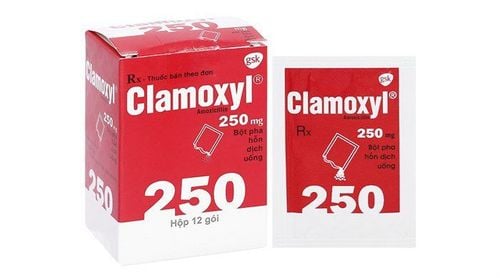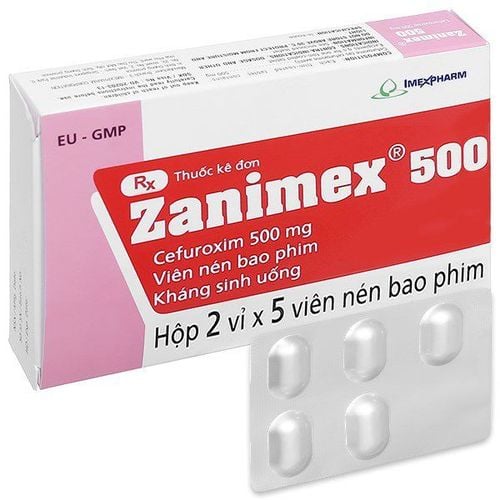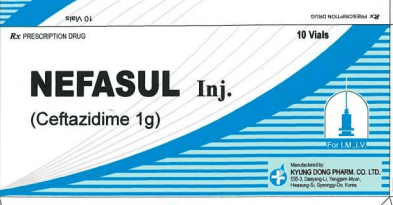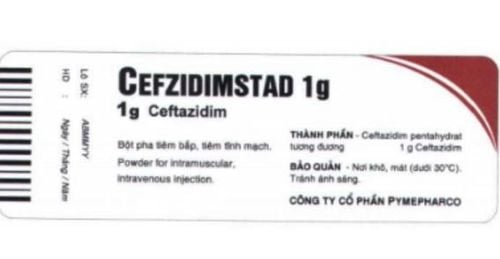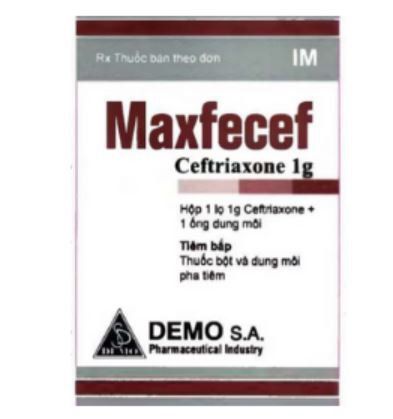This is an automatically translated article.
The drug Itaban has the main ingredients Imipenem and Cilastatin, which is used to treat abdominal infections, lower respiratory tract infections, gynecological & urogenital infections... Let's find out more details about how to use it. Use and notes when using Itaban effectively through the article below.
1. What is Itaban?
Itaban drug belongs to the group of anti-parasitic, anti-infective, anti-viral, anti-fungal drugs and is prepared in powder for injection packed in a box of 1 vial.
Itaban medicine contains the main ingredient Imipenem 500mg and Cilastatin 500mg with other excipients in the drug. Products are researched and manufactured at TW1 Pharmaceutical Joint Stock Company (Pharbaco) VIETNAM.
2. What is the effect of Itaban?
Itaba n is used in the following cases:
Intra-abdominal infections. Lower respiratory tract infection. Gynecological & urogenital infections. Joint infection. Infections of the skin and subcutaneous soft tissue. Endocarditis, sepsis. Patients need to adhere to the use of Itaban in accordance with the indications on the uses and functions for each subject listed on the drug instruction sheet or the doctor's prescription.
3. Dosage - How to take Itaban
Itaban is prepared in the form of a solution for intramuscular injection and should not be administered intravenously. Solution for infusion should not be administered intramuscularly.
Dosage of Itaban refer to the following:
Adults with infections caused by sensitive bacteria, intravenous infusion: Dosage 1 - 2 g Imipenem/day (divided into 3-4 times) Adults with bacterial infections desensitization: Dosage up to 50 mg Imipenem/kg/day (maximum dose 4g Imipenem/day); Children over 3 months: The recommended dose is 60mg Imipenem/kg/day (maximum dose 2g Imipenem/day) divided into 4 times. Children weighing more than 40kg: Use the same recommended dose as adults. Adult prophylaxis: IV infusion of 1000mg Imipenem at the start of anesthesia 1000mg Imipenem 3 hours later. Renal impairment: Imipenem dose should not exceed 2 g/day.
4. Contraindications to the use of Itaban
Itaban is not used in patients with hypersensitivity, history of allergy to Imipenem or to any of the ingredients in the drug.
5. Itaban drug interactions
Patients should consider using Itaban with alcohol, tobacco, alcoholic or fermented beverages. Swim because of agents that can change the composition of the drug Itaban. See details in the Itaban package insert or consult your doctor or pharmacist for more details.
6. Side effects when taking Itaban
During the use of Itaban, patients may experience some unwanted side effects such as:
Thrombophlebitis Pain, stiffness, erythema, tenderness at the injection site. Usually, unwanted side effects (Adverse Drug Reaction (ADR)) go away when itaban is stopped. If the patient experiences any side effects that are not listed above or are not included in the instructions for use, immediately notify the treating doctor for timely treatment.
7. Precautions when using Itaban
Before taking Itaban, patients should carefully consult the notes and cautions when using the drug or refer to some of the following contents:Partial cross-allergic reaction when using Itaban with other beta-lactam antibiotics . Itaban should be used with caution in patients with a history of gastrointestinal disorders. If CNS symptoms are present, the dose of Itaban should be reduced or the drug discontinued. Itaban should be used with caution in pregnant women, nursing mothers and children under 3 months of age. Itaban is used to treat abdominal infections, lower respiratory tract infections... Before using, patients should carefully read the instructions for use and consult a doctor to make the medication process effective. the best.




